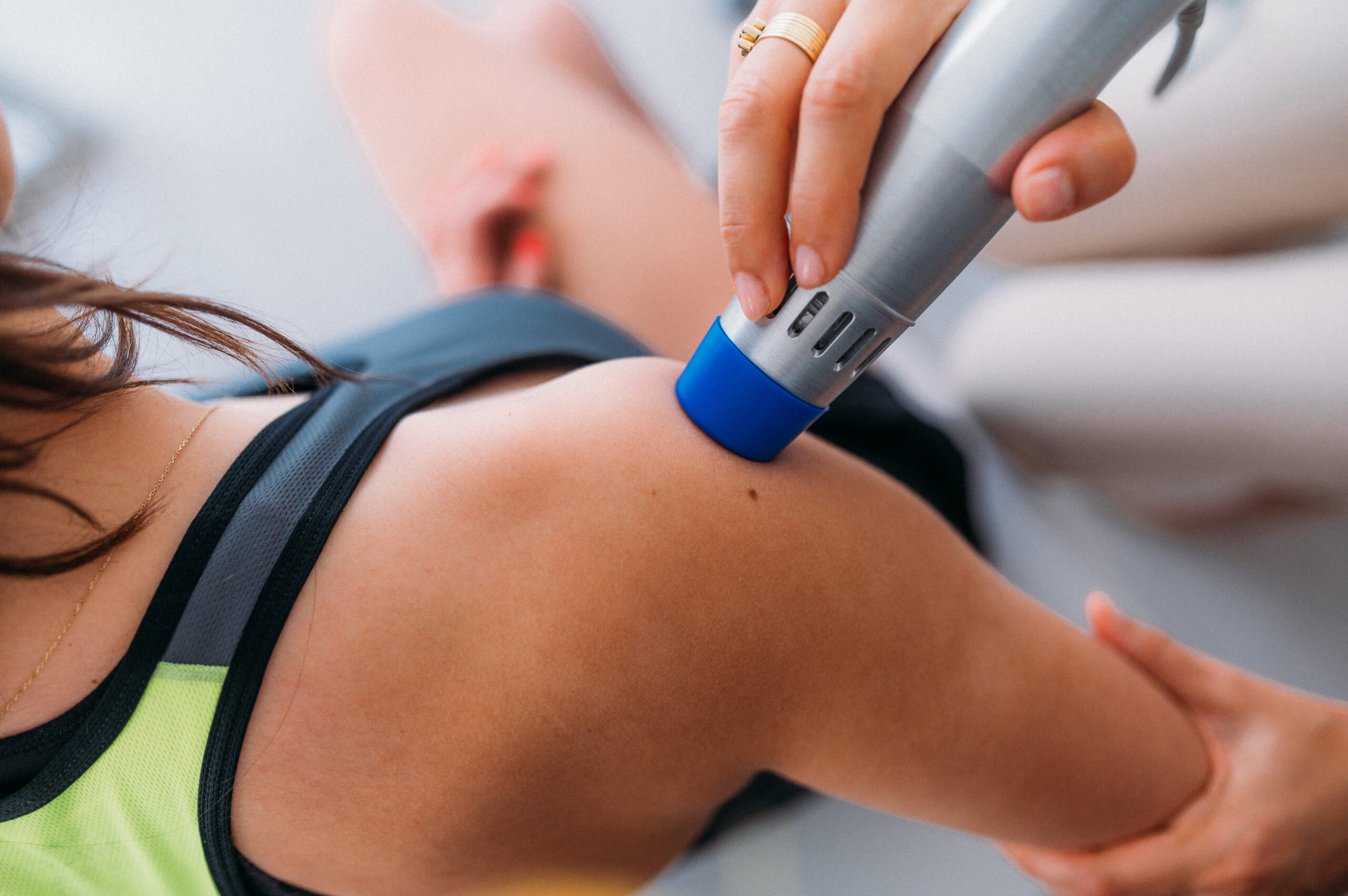How Chiropractors treat Arthritis
Arthritis is a common condition that affects millions of people worldwide. It is characterized by inflammation and pain in the joints, which can make everyday activities difficult and painful. While there is no cure for arthritis, there are various treatment options available to manage the pain and improve mobility. Chiropractic care is one such option that has been found to be effective in treating arthritic pain.
Chiropractic treatment involves the manipulation of the spine and other joints to improve alignment and reduce pain. Chiropractors are trained to use a variety of techniques to adjust the joints and improve the body’s overall function. For arthritis patients, chiropractors can use specific techniques to target the affected joints and reduce pain.
One of the most common techniques used by chiropractors to treat arthritic pain is spinal manipulation. This technique involves the chiropractor applying controlled force to the spine to realign the vertebrae and reduce inflammation. Spinal manipulation can help to reduce pressure on the affected joints, which can alleviate pain and improve mobility.
Another technique used by chiropractors is mobilization. This involves the chiropractor using gentle movements to stretch and mobilize the affected joints. This can help to improve range of motion and reduce pain.
Chiropractors may also recommend exercises and stretches to help improve the strength and flexibility of the affected joints. These exercises can be performed at home and can help to reduce pain and improve mobility over time.
In addition to these techniques, chiropractors may also use other therapies such as massage, ultrasound, and heat therapy to reduce inflammation and improve circulation in the affected joints.
It is important to note that chiropractic care is not a cure for arthritis. However, it can be an effective treatment option for managing pain and improving mobility. If you are suffering from arthritic pain, it is important to consult with a healthcare professional to determine the best course of treatment for your individual needs.









